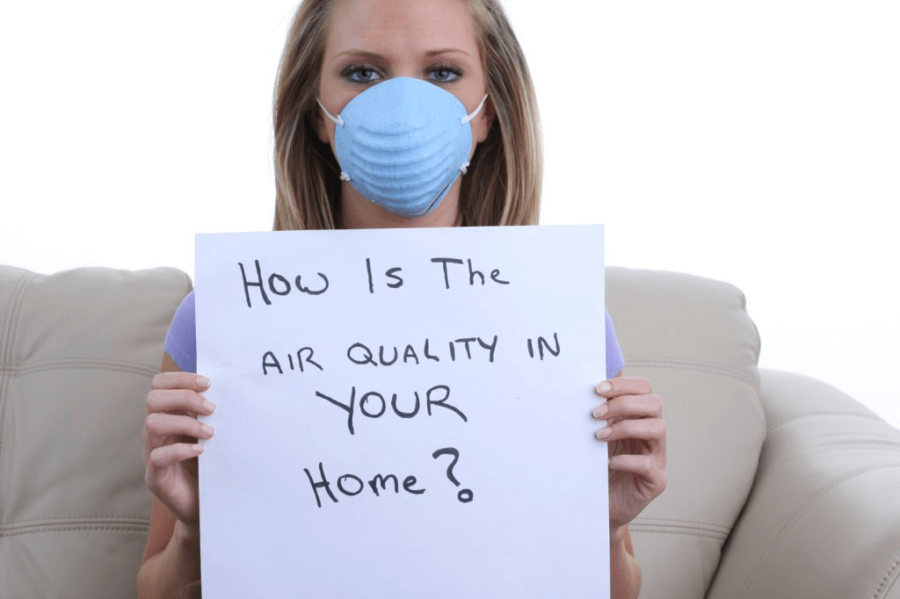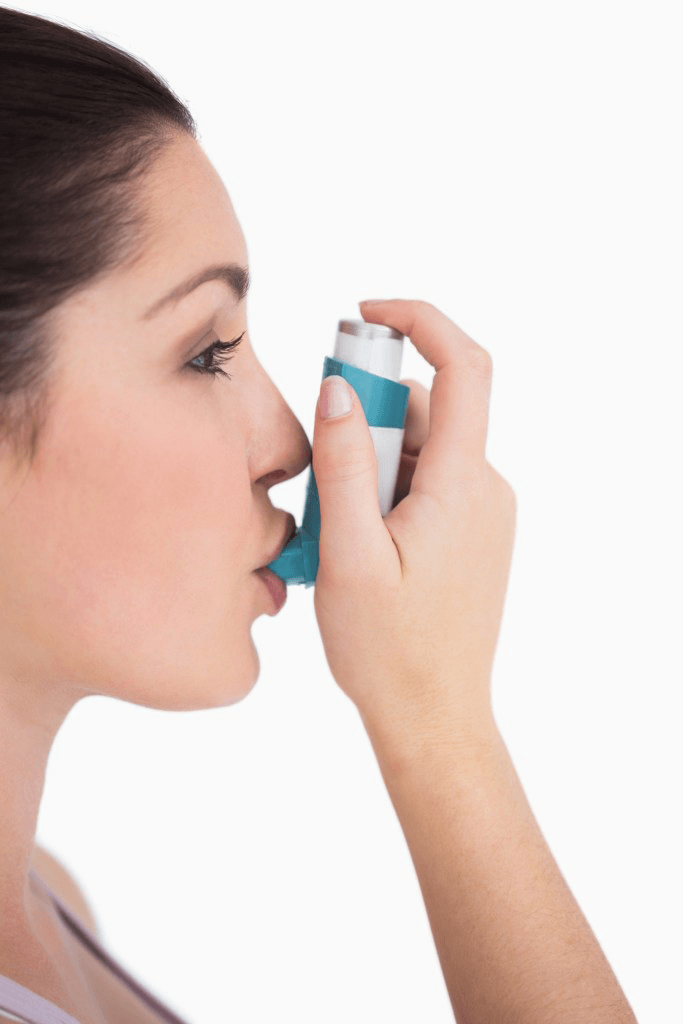Although we cannot escape from global environmental problems, such as vehicle emissions, we can easily monitor and regulate the IAQ of our homes. What’s more, we spend 90% indoors, which makes the use of an indoor air quality sensor essential. However, with the increasing advancements of technology, people may wonder what sensor to choose, and what kind of improvements we can do with our homes!
Clean & think green — When it comes to cleaning products, fragrance = chemicals. In fact, that pine or citrus fresh scent we’ve come to associate with a clean home is actually just a mask for the chemical transfer underneath. Opt for fragrance-free or unscented products. The last thing you want is to unknowingly pollute the air with the petroleum-based chemicals in the very products you’re using to clean with!
Use a humidifier or dehumidifier — Where there’s heat, there’s moisture. Where there’s moisture, there’s mildew. The best way to keep mold and mildew growth at bay is to use a humidification system. Humidity levels from 40% to 60% would help alleviate any irritations you or your family is experiencing, including allergies, dry itchy eyes, and skin, or even bloody noses. Dry air or moist air is poor air. A whole-home humidification system that works with your HVAC system, or even a stand-alone humidifier, is advantageous in achieving quality breathable air in the home.
The key aspect is a sensor that measures what actually matters. Particulates and VOCs, such as formaldehyde and benzene, do matter. Understanding their origins and adverse effects is the first step towards better IAQ. Therefore, a good indoor air quality sensor must have accurate and calibrated sensors that can monitor nine air quality factors that affect health and well-being, with real-time insights, virus index, and smart home integration.
Keep your family safe with the most advanced air quality sensor. Invest in your Health this New Year!







